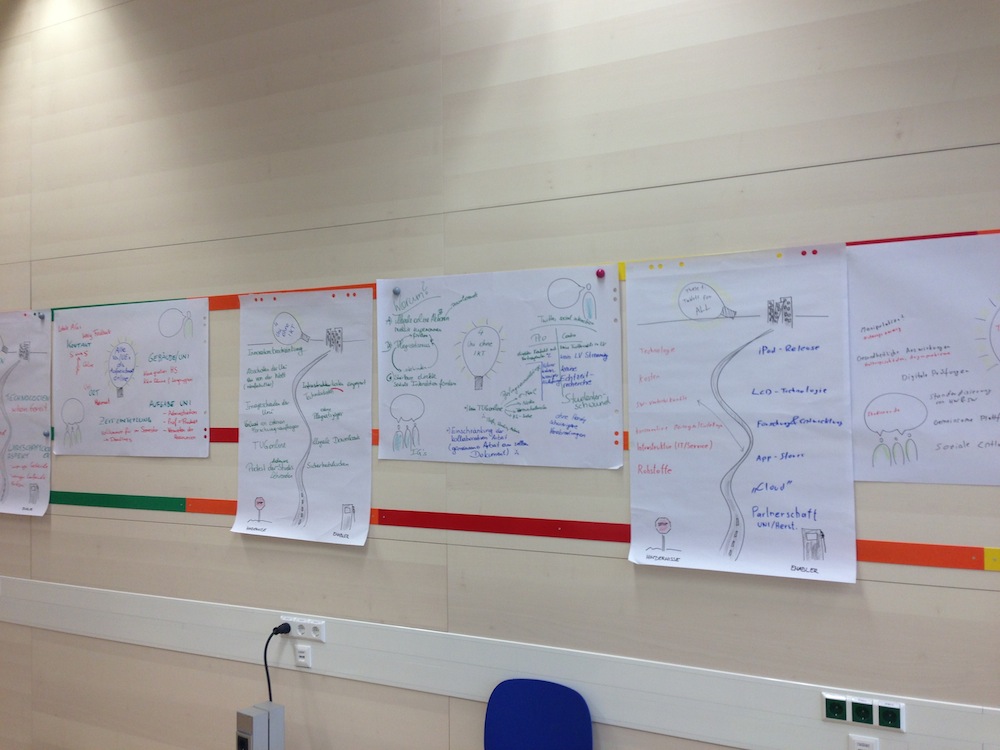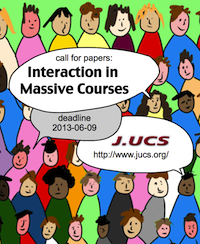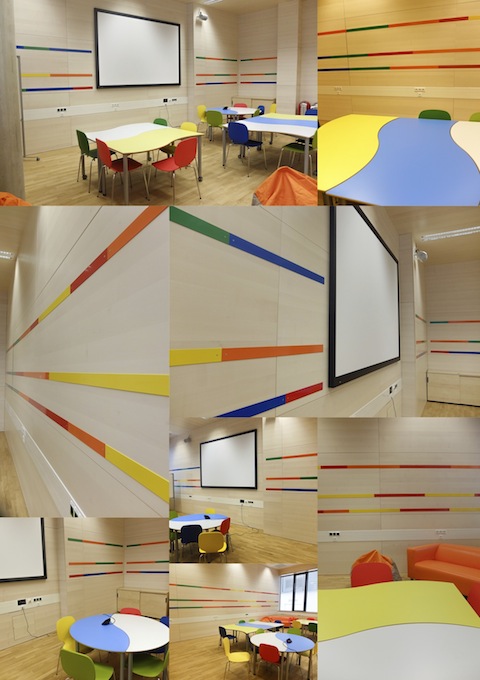 Also nein, das Bild und die Likes waren nicht der alleinige Grund es nun einmal anzugehen. Vielmehr waren wir der Ansicht die Zeit ist nun mehr als reif, endlich etwas zum Thema Open Educational Resources (OER; freie Bildungsmaterialien) anzubieten um allen Interessierten darzustellen, wo man sie findet, wie man sie verwendet, erstellt oder auch finanziert. Über ingesamt 3 Monate wollen wir uns dem Thema widmen und gemeinsam mit euch daran arbeiten, d.h. wir freuen uns sehr auf eure Teilname.
Also nein, das Bild und die Likes waren nicht der alleinige Grund es nun einmal anzugehen. Vielmehr waren wir der Ansicht die Zeit ist nun mehr als reif, endlich etwas zum Thema Open Educational Resources (OER; freie Bildungsmaterialien) anzubieten um allen Interessierten darzustellen, wo man sie findet, wie man sie verwendet, erstellt oder auch finanziert. Über ingesamt 3 Monate wollen wir uns dem Thema widmen und gemeinsam mit euch daran arbeiten, d.h. wir freuen uns sehr auf eure Teilname.
Doch worum geht es eigentlich im COER13? Unter Open Educational Resources (OER) versteht man offene oder freie Lehr- und Lernmaterialien, die (meist) als elektronische Ressourcen in den unterschiedlichsten Formaten im Internet zur Verfügung stehen. OER stehen in der Regel unter einer Lizenz, die es erlaubt frei auf die Materialien zuzugreifen, diese zu verwenden, weiterzugeben oder sogar zu bearbeiten. Insofern kann das Konzept der OER als eine neue Art der Erstellung und des Teilens von Materialien im Bildungsbereich verstanden werden.
Ziel des Kurses ist es, einen umfassenden Überblick über Theorie und Praxis von OER zu bieten. Dies umfasst sowohl grundlegende Informationen zu OER und bestehenden Initiativen als auch praxisrelevante Informationen für Lehrende und Lernende, die OER nutzen oder produzieren wollen. Dabei soll immer der Bezug zur Praxis gewährleistet werden, durch viele konkrete Beispiele und Hinweise erfahrener Praktiker – nicht zuletzt aber auch durch die aktive Mitgestaltung durch die Teilnehmenden.
Wie es geht? Ganz einfach einmal zur Webseite klicken und sich dort alles durchlesen und anmelden. Sollten Fragen offen bleiben, freuen wir euch im Forum, auf Twitter oder wo auch immer Antwort zu geben. Ein Kurs lebt einmal von Partizipation 🙂 .
Vorab gibt es einmal ein kleines Video zum Einstieg:
Danke auch für die Unterstützung bei der Verbreitung der Ankündigung 🙂 -> https://www.coer13.de
WICHTIG: Der Hashtag der Veranstaltung lautet #COER13. Bitte diesen nicht vergessen wenn ihr etwas online macht, egal ob im Titel, in den Texten oder in einem Tweet, es muss nur vorkommen 🙂 .


![[GADI13] Wolfgang Schinagl](https://elearningblog.tugraz.at/wp-content/uploads/2013/03/gadi_wolfgang.png)




